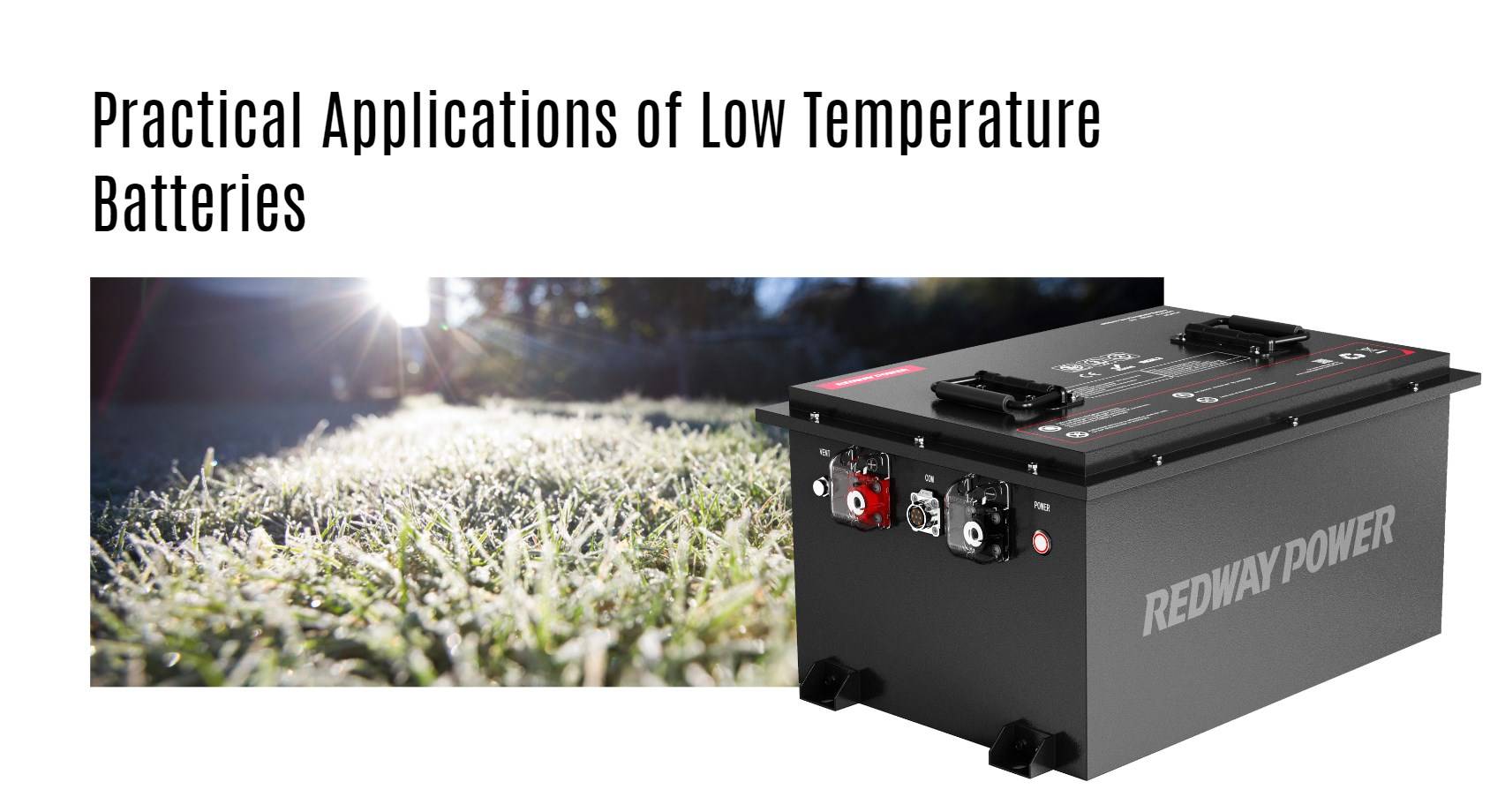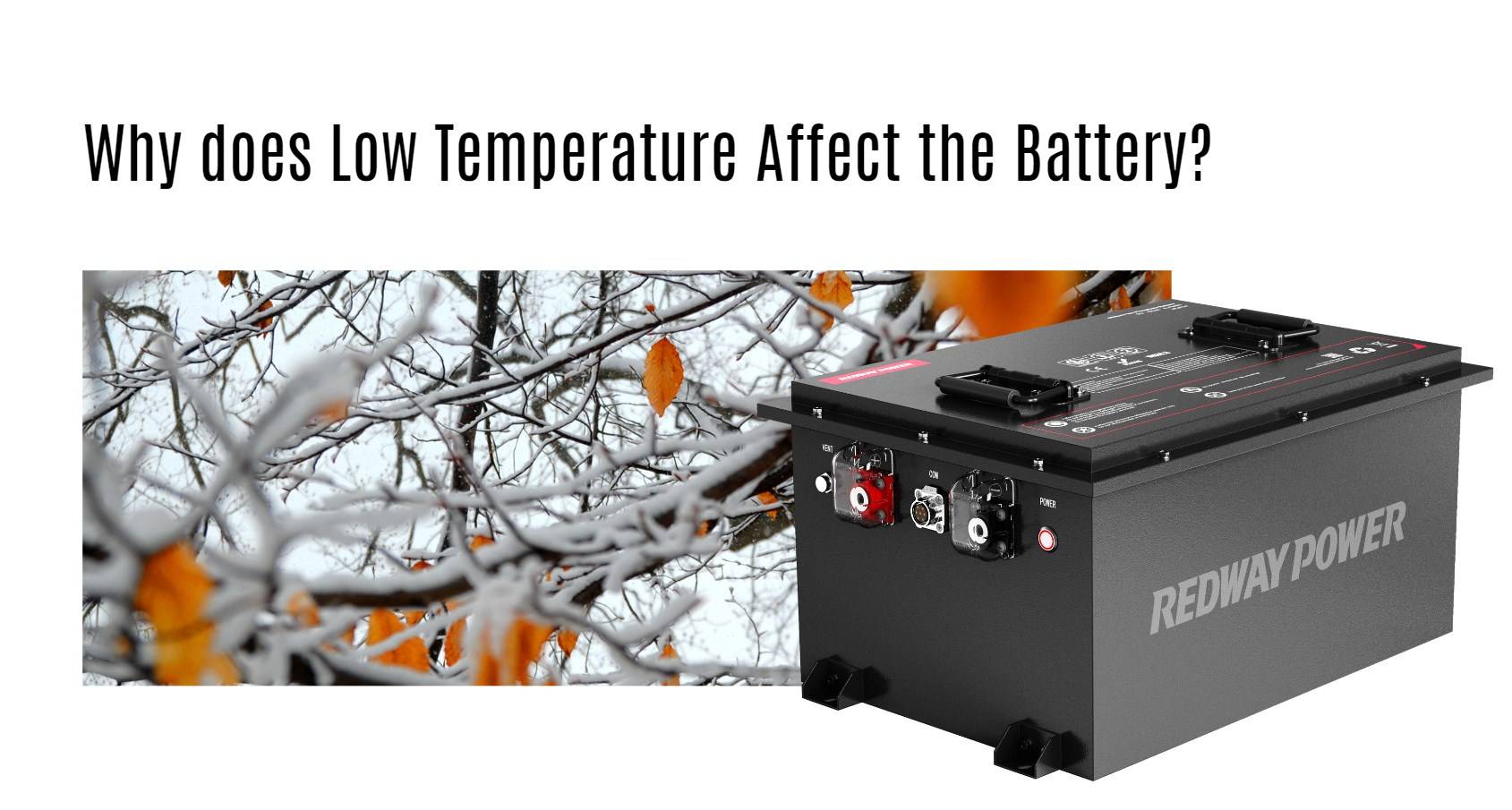In the world of battery technology, the capability to function in extreme conditions is paramount. Batteries that perform efficiently in low temperatures are particularly crucial for various industries and applications. From exploration in the Earth’s polar regions and the depths of the ocean to the vast expanse of space, these specialized power sources ensure the continuity and reliability of operations. This article delves into the impact of cold on battery performance, the innovations in cold-weather battery technology, and the practical applications of these advancements.
The Impact of Cold on Battery Performance
Slowing Down Chemical Reactions
The performance of lithium-ion batteries, which are prevalent in many devices, is significantly affected by cold temperatures. These batteries rely on chemical reactions to generate power. When exposed to colder environments, the particles involved in these reactions move more slowly. This reduced particle movement results in a diminished charge and overall power output. Although this can slightly extend the battery’s lifespan, the efficiency drops, making it challenging for the battery to provide the necessary energy.
Irreversible Damage in Non-Use
While continuous use generates internal heat that can protect the battery from the cold, leaving batteries idle in low temperatures can lead to irreversible damage. In the cold, the internal components of lithium-ion batteries contract, which hinders electron transfer between electrodes. This can cause lithium to form a plating around the negative electrode, leading to the growth of large lithium dendrites that can puncture the battery’s diaphragm, ultimately causing failure.
For storage, it is crucial to keep batteries in mild temperature environments and conduct load tests before future use. Batteries that have suffered permanent damage from the cold will likely be non-functional even when returned to normal temperatures.
Innovations in Cold Weather Batteries
Advanced Materials and Insulation
To combat the adverse effects of cold temperatures, modern cold-weather batteries utilize a variety of advanced materials and insulation techniques. These innovations help maintain a steady power output even in extremely cold conditions. Different materials used in these batteries can significantly enhance their performance and longevity.
City Labs NanoTritium™ Betavoltaic Batteries
City Labs has pioneered the development of NanoTritium™ betavoltaic batteries, which generate energy through the decay of tritium. This process involves the transfer of kinetic energy from beta particles into electricity, creating a reliable power source that can last over 20 years. These batteries have been rigorously tested in temperatures ranging from -55 to 150 degrees Celsius, ensuring that they can endure both extreme cold and heat without sustaining permanent damage.
Moreover, these batteries can charge secondary power storage devices, such as capacitors, which can provide bursts of power for specific microelectronic applications. The betavoltaic power source remains stable within its operational temperature range, although extreme temperatures may temporarily affect the charge rate of secondary storage systems.
Practical Applications of Low Temperature Batteries
Space Exploration
Space presents one of the harshest environments for battery operation due to its extreme cold. Without an atmosphere to trap heat, spacecraft require reliable power sources that can function in these conditions. Traditional batteries necessitate heaters to maintain optimal temperatures, which adds bulk and increases costs. City Labs offers tritium heaters that keep batteries at the proper temperature, ensuring that conventional battery cells perform optimally in space.
Polar and Oceanic Exploration
Inaccessible and dangerous environments like the Earth’s polar regions and deep oceanic zones demand batteries that can withstand extreme cold and pressure. These locations are difficult to access, making battery reliability crucial. City Labs’ betavoltaic technology provides a solution that not only functions in these extreme conditions but does so for extended periods, reducing the need for frequent maintenance or replacement.
Industrial and Laboratory Use
For industrial applications and laboratory use, where durability and long-term performance are essential, cold-weather batteries offer significant advantages. Whether powering small sensors in the coldest regions on Earth or providing reliable energy in controlled environments, these batteries ensure consistent performance.

Conclusion: The Future of Cold-Weather Battery Technology
The advancements in low-temperature battery technology are addressing long-standing challenges in various fields. With innovative solutions like City Labs’ NanoTritium™ betavoltaic batteries, we are witnessing a new era of reliable power sources that perform efficiently under extreme conditions. Whether for exploration, industrial use, or specialized applications, these batteries offer unparalleled durability and performance, ensuring that devices continue to operate smoothly regardless of the environment.
For more information or to explore the possibilities of integrating these advanced power sources into your projects, contact City Labs today.



